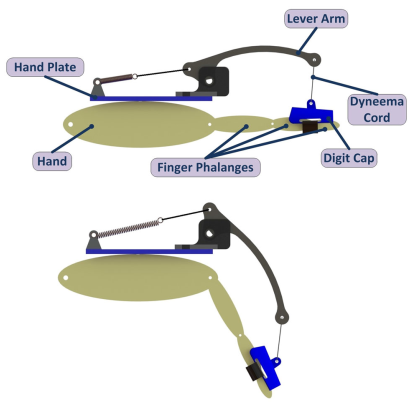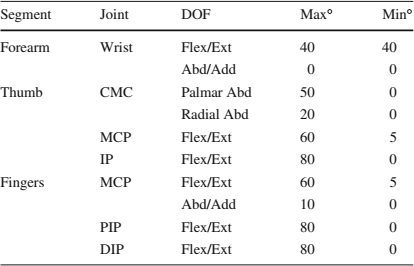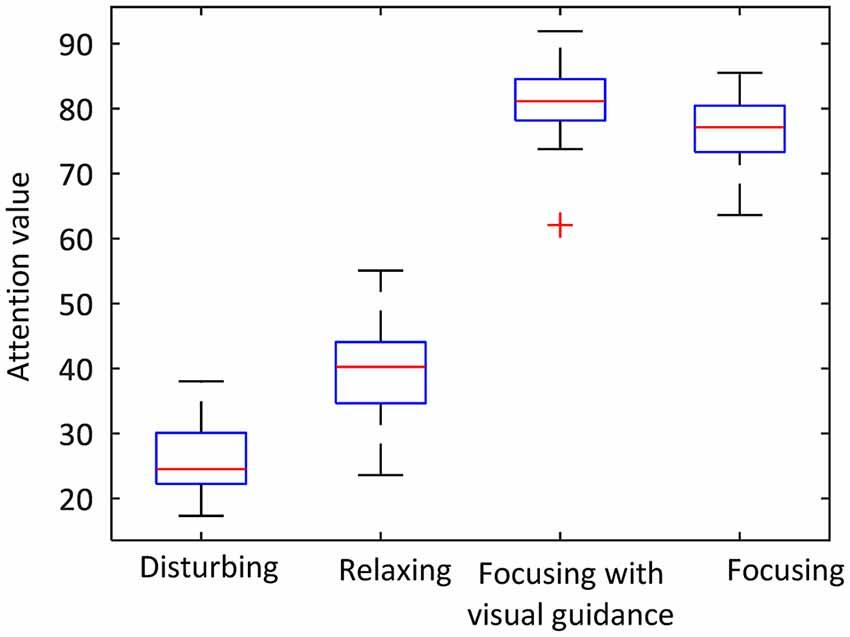Introduction
Stroke has become one of the most common lifestyle diseases both in developed and developing countries around the world. According to Li et al. (2019), emerging technologies are making work easier, leading to reduced physical activity among adults. Children currently prefer indoor games (especially videogames) instead of physically demanding outdoor games (Dıez et al., 2018). The outcome of reduced activity includes increasing cases of obesity and high blood pressure, two medical conditions that are directly linked to stroke (Sandoval-Gonzalez et al. 2016).
According to Ates, Haarman, and Stienen (2017), stroke is one of the leading causes of paralysis around the world, especially in the developed countries. In most cases, the paralysis often affects the limb. The hand plays a critical role in the life of an individual, and as such, physicians have adopted different ways of rehabilitating the limbs for such patients. Post-stroke rehabilitation is meant expected to help an individual to restore the functionality of the hand and fingers. In this paper, the focus is to discuss the use of exoskeleton hands for rehabilitation.
Challenge
Paralysis associated with stroke has been a common problem in the field of medicine for many decades. The paralysis would render an individual incapacitated to varying degrees depending on the impact of the stroke and how quickly it was managed. According to Sandoval-Gonzalez et al. (2016), for a long time, the condition was considered permanent after suffers a stroke. However, medical researchers and practitioners discovered that it is possible for the limbs to be rehabilitated for them to gain full functionality. Physical therapy was the best way of restoring the functionality of the hand and fingers.
Various strategies have been developed to help solve this problem. Emerging technologies in the field of healthcare led to the discovery of exoskeleton hands for such rehabilitation processes (Iqbal & Baizid 2015). The question that the researcher seeks to answer is how effective these exoskeleton hands are in the rehabilitation of a post-stroke paralyzed arm.
Solution
Rehabilitation has been seen as the best way of restoring the functionality of the hand after a stroke. The use of the exoskeleton hand helps to train and empower fingers and the entire arm to enable it to gain back its senses and capabilities. Different teams of medical researchers have been working tirelessly to find a proper solution to this problem. According to Sandoval-Gonzalez et al. (2016), Nicholas Yagin, a Russian inventor, developed the earliest recorded exoskeleton device in 1890. His device was specifically meant to help those with amputated limbs. In 1917, Leslie Kelley, an American medical researcher, and inventor developed a pedometer, a device that used steam power to supplement human power among those who had problems controlling their limbs because of a medical condition (Dıez 2018).
General Electric, working closely with the United States Armed Forces, developed the modern mobile machine that is integrated with human movement in the 1960s (Iqbal & Baizid 2015). Since then, the concept has gained massive acceptance in the medical sector, especially in the developed countries. Figure 1 below shows a lever-system system that facilitates the functionality of the exoskeleton hand for rehabilitation.

The United States Armed Forces has always provided financial resources to the medical researcher so that they can develop functional limbs for soldiers incapacitated during their service. Figure 2 below shows how the exoskeleton controls fingers to ensure that they can function normally. The computerized fingers not only help the patient to continue with normal duties but also help in training them. The more a patient practices using this device, the more fingers gain strength and capabilities (Iqbal & Baizid 2015). The device is designed to help in the rehabilitation process. As such, it is not expected to be a permanent device. The current wearable device is so advanced because of the introduction of the computerized system that it can easily be controlled even when the hand has lost all its capabilities.

The exoskeleton hand comes in different designs depending on the condition of the patient and personal preferences. The one shown in figure 3 below is for a patient who has made some progress in the rehabilitation program but still needs some form of assistance to control the fingers. As the rehabilitation continues, the exoskeleton becomes lighter to enable the hand to gain independent movement capabilities.

Results
The use of exoskeleton hands in the rehabilitation of fingers and limbs among recovering stroke patients has gained massive popularity over the recent past. According to a study conducted by Sandoval-Gonzalez et al. (2016), the exoskeleton has proven to be effective in the rehabilitation process. As shown in Table 1 below, the device facilitates the movement of the forearm, thumb, and fingers. The table summarizes the degree of movement of different joints as facilitated by the device.

The popularity of any medical device often depends on the perceived and actual performance in terms of addressing a specific medical condition. A study conducted by (Li et al. 2019, p. 5) focused on the perceived and actual outcome of using this device among recovering stroke patients. It is evident that 30% of the users felt that the device is disturbing. Such reports were common among first-time users. As they get used to it, more of these patients (45%) report that the device is relaxing. A significant number of regular users of the device (88%) noted that the device is focusing with visual guidance. Another 80% noted that the device has the capacity to focus even without visual guidance. The statistics are summarized in figure 4 below.

Evaluation
The use of exoskeleton hand for rehabilitation has proven to be effective in facilitating therapy of patients who are physically impaired in their limbs after surviving a stroke. Results of the study show that this technology offers a wide range of medical benefits to patients. Some of the benefits include improved recovery, the ability of the patient to use the limbs during the period of recovery, and the strengthening of the belief among patients and the medical staff that the condition is manageable. This technology is getting advanced, as shown in figure 5 below,

The advanced system is now using a computerized system with Bluetooth, which makes it possible for the system to sense signals directly from the mind and define the motor control that would eventually lead to the control of the exoskeleton hand automatically (Li et al. 2019). It means that a patient who has lost complete control of the limbs can now use this device to undertake basic duties. Based on these findings, the researcher suggests that further innovations should be considered to make it more affordable in society. This important technology should be available to patients irrespective of their financial capacity.
Reference List
Ates, S, Haarman, CJ & Stienen, AA 2017, ‘SCRIPT passive orthosis: design of interactive hand and wrist exoskeleton for rehabilitation at home after stroke’, Auton Robot, vol. 41, no. 1, pp. 711-723.
Dıez, J, Jose, A, Catalan, J, Badesa, F, Lledo, L & Garcia, N 2018, ‘Hand exoskeleton for rehabilitation therapies with integrated optical force sensor’, Advances in Mechanical Engineering, vol. 10, no. 2, pp. 1-11.
Iqbal, J & Baizid, K 2015, ‘Stroke rehabilitation using exoskeleton-based robotic exercisers: mini review’, Biomedical Research, vol. 26, no. 1, pp. 197-201.
Li, M, He, B, Liang, Z, Zhao, C, Chen, J, Zhuo, Y, Xu, G, Xie, J, & Althoefer, K 2019, ‘An attention-controlled hand exoskeleton for the rehabilitation of finger extension and flexion using a rigid-soft combined mechanism’, Frontiers in Neurorobotics, vol. 13, no. 34, pp. 1-14.
Sandoval-Gonzalez, OO, Aguilar, HI, Villegas, JM, Avizzano, AC, Cuautle, JA, Tripicchio, P & Portillo-Rodriguez, O 2016, ‘Design and development of a hand exoskeleton robot for active and passive rehabilitation’, International Journal of Advanced Robotic Systems, vol. 13, no. 66, pp. 1-12.